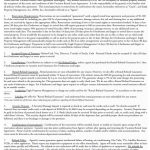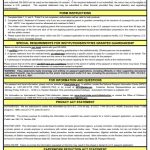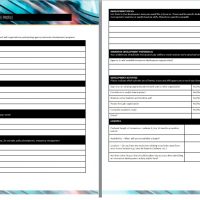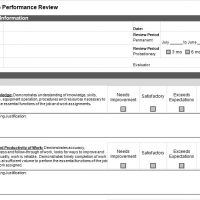Parents and teachers use a reward chart template to motivate children to complete tasks and behave well. This tool is an interactive way to encourage them to achieve specific goals or behaviors. It enables you to track their progress and see the consequences of their hard work.
Table of Contents
What is a reward chart?
A reward chart is a positive reinforcement chart used to encourage positive behavior in children. This chart shows tasks and goals that children have to complete and after completing a certain task they will be met with a reward.
With a reward chart, parents or teachers can teach children goal-setting and the value of hard work. The chart also helps them to reinforce positive behavior in their children without relying on punishment.
How to use a reward chart effectively?
Using a reward chart is an effective way to encourage children to behave positively at home. This strategy has become increasingly popular over the years among many parents. This chart is a powerful tool that helps them to track their child’s behavior and reward them accordingly.
Moreover, if you use a reward chart effectively, it can reinforce positive behavior in your child and instill good habits. Here are some ideas that keep you excited about the reward chart;
Personalize the reward chart
Making a reward chart personal is the first step to keeping children excited about using it. If you involve the children in creating the reward chart then they will become more invested in the process. Ask your children to decorate their charts by using their favorite stickers or colors. To make the chart more exciting, create a theme like animals, superheroes, etc. Personalizing the reward chart can encourage children to work harder.
Be creative with rewards
Exciting and creative rewards keep your children motivated. Instead of giving expensive rewards, you can also keep your child excited by small treats like candy, playtime, or a special outing. In addition, you can allow your child to choose their reward so they keep wanting to earn more points.
Celebrate progress
If you want to make the reward chart system effective then celebrate your children’s progress. Celebrating small victories is essential so your child won’t get discouraged when they see how much work they have to do. When they complete a specific task, present a small treat or reward to them. This motivates them to continue working towards the overall goal.
Make it a family effort
Don’t restrict a reward chart to children, you should also include too. Create a family reward chart so everyone can get a reward for doing household tasks. Ensure each member of your family should be involved in creating the reward chart.
Change the routine
Don’t stick to the same reward chart system. This is because when the chart feels monotonous then the children may lose interest in completing tasks. Modify things up and rotate different charts to make the reward chart system more exciting. You can make this system more fun and less predictable by creating weekly or even daily charts.
How to create a reward chart?
Here are some pointers to create an effective reward chart template;
Identify the behavior you want to motivate
Identify the behavior you want to encourage before creating a reward chart template. This may include any task or habit such as completing homework on time, practicing good manners, etc. Create the chart after identifying the behavior.
Select a design
Select a visually appealing and easy-to-interact design. Keep in mind that the design of your reward chart plays a significant role in its effectiveness. It’s upto you whether to include checklists or colorful charts with stickers. Furthermore, make sure that the design you choose is easy to read and understand.
Set achievable goals
Set achievable goals to keep your child motivated. Your child will become discouraged and give up if you assign them difficult or vague goals. Start with small and easily achievable goals and when you see progress in your child then gradually increase the difficulty level.
Select the rewards wisely
When choosing rewards, keep in mind your child’s interests and preferences. Also, ensure that the rewards you choose should be meaningful and desirable to your child.
Keep your reward chart consistent
Use the reward chart consistently and give the rewards to your child when they complete a specific task or meet the goals. However, if your child doesn’t meet the goals you still need to be consistent with consequences.
reward chart template free printable
weekly reward chart template
angel reward chart template
hello kitty reward chart
advent reward chart template
bedtime reward chart template
butterfly reward chart
reward chart for kids
mickey mouse reward chart pdf
potty training chart template
FAQ’s
What are the benefits of using a reward chart?
These are as follows;
- Reward charts use positive reinforcement to motivate positive behavior in children.
- It helps improve their time management skills by designating time to complete tasks.
- This tool is an effective way to develop a strong relationship with your child.
- Achieving rewards and being praised for their efforts can improve children’s self-esteem and motivate them to continue working hard later in life.
















